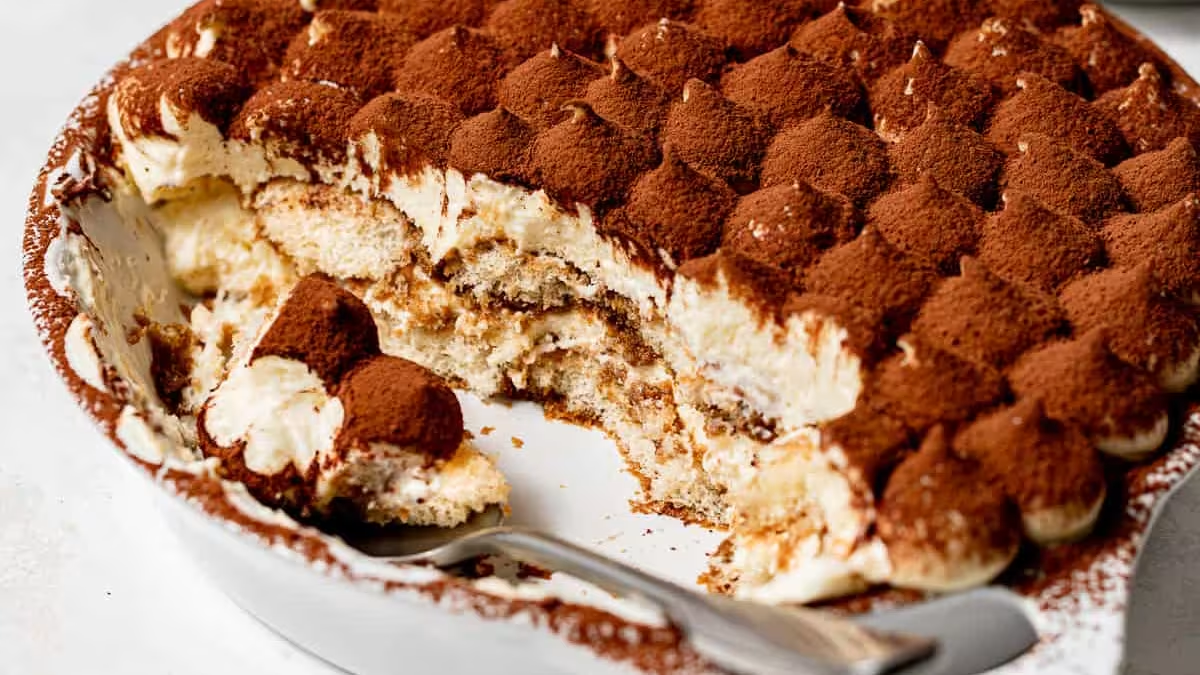
Savor the Ancient Flavors: Authentic Roman Recipes You Must Try
Written by Jessica Lopez
Published at 24-02-2024
Edited on 04/03/2025 | 08:16 AM
Mediterranean RecipesCourse: Main Course
Cuisine: Italian
Difficulty: Easy
Servings
4-6 people
Prep Time
20 minutes
Cooking Time
40 minutes
Total Time
1 hour
Fat
15g
Protein
25g
Carbs
50g
Calories
600 kcal
Welcome to the tantalizing world of Roman recipes, where history meets flavor! Roman cuisine is a delightful blend of simplicity, freshness, and rich heritage, offering a unique culinary experience that dates back thousands of years. It’s not just about the ingredients; it’s about the stories they tell and the traditions they carry. From the bustling markets of ancient Rome to the elegant feasts of emperors, Roman recipes have evolved yet retained their authentic essence, making them a wonderful addition to your dining table.
Whether you're a seasoned chef or a curious food enthusiast, exploring Roman recipes can be a rewarding journey. Imagine savoring dishes that once graced the tables of gladiators and emperors alike. Think of the rustic flavors of seasonal vegetables, hearty grains, and exquisite meats, all prepared with a touch of love and simplicity.
In this blog, we will take you through some of the most cherished Roman recipes that are easy to replicate in your kitchen. Not only will you discover how to cook these ancient dishes, but you'll also learn about the historical significance behind each recipe. Get ready to impress your family and friends with culinary masterpieces that celebrate the rich tapestry of Roman culture.
So, grab your apron and let’s dive into the delicious world of Roman recipes—your taste buds will thank you!.


